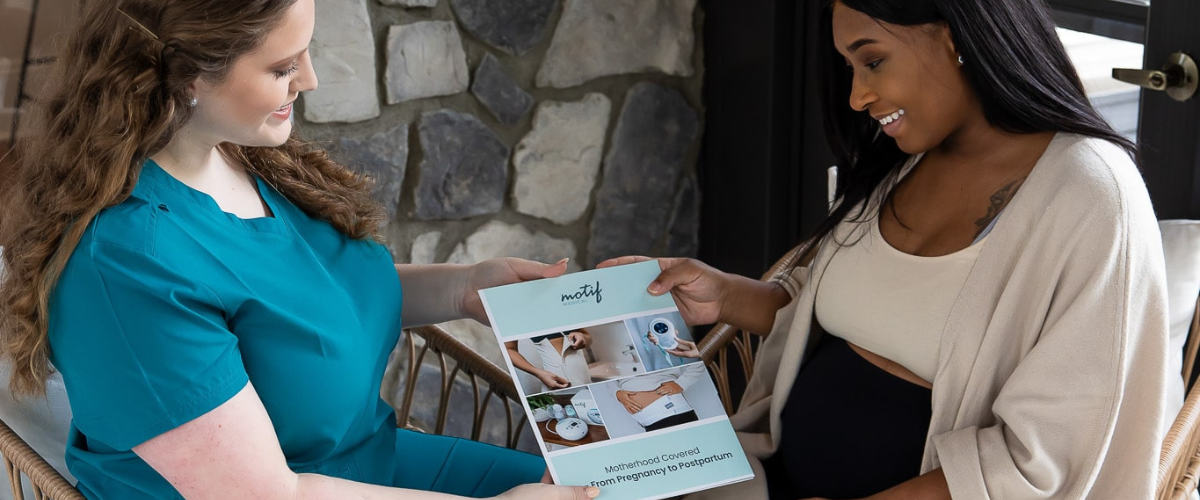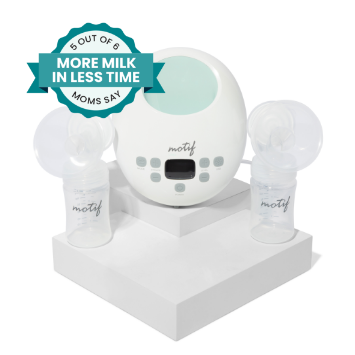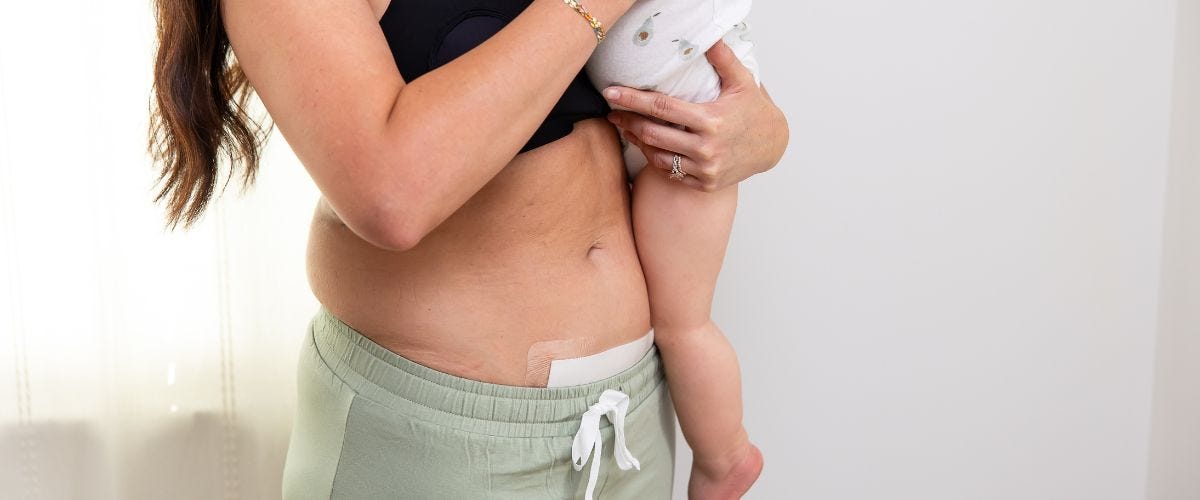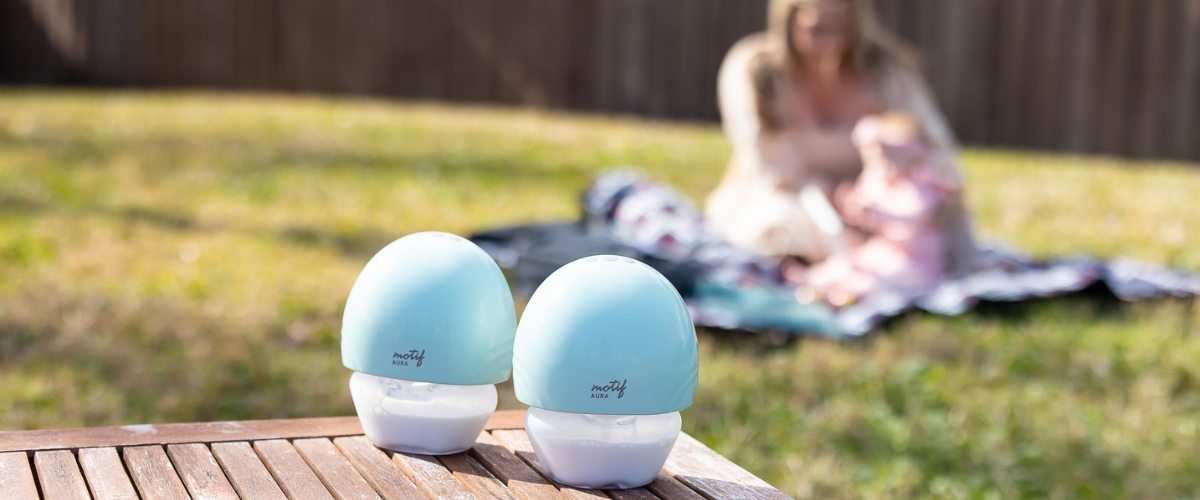How Can a Midwife Support My Birth Experience?
Most people who choose to see a midwife during the pregnancy are planning to have a vaginal delivery and not planning on having a cesarean section. Some people who have c-sections are even planning a home birth for their birth experience. Unfortunately, labor doesn’t always go the way we want it to. Part of a midwife’s job is to make sure that both the birthing person and the baby are safe throughout the birthing process and sometimes it becomes obvious that a c-section is the safest way for a baby to be born. While midwives generally try to avoid interventions, when they are in the best interest of the mom and baby, we are really glad they are available! But if this scenario happens to you, you might be wondering—what your midwife will do now.
Trust Built Between a Midwife
First I want to reassure you that your midwife will be there to support you during your c-section, whether that is physically or emotionally. If you have been seeing a certified nurse midwife (CNM), she might even be able to serve as the doctor’s first assistant during your surgical birth. If not, your midwife is still part of your care team and will help you navigate the path ahead of you.
The foundation of midwifery care is the trusting relationship that is built between the midwife and the client. This connection allows your midwife to be an integral part of your healthcare team, even when she is not the one in charge. Although midwives do not perform surgeries (an OB/GYN will be the one to do your surgery), she can inform you and your partner about what to expect and help you receive the care you desire during the cesarean section.
Tips for Cesarean Recovery
If you and the baby are stable and an emergency c-section isn’t needed, there will be a little time between when you and your providers make the decision to move forward with the cesarean delivery and when the surgery actually begins. In this time, you’ll meet with the anesthesiologist to get an epidural, if you didn’t have one already for pain relief. Your care team will also be working to get prepped for surgery. Your partner will be gowned up from head to toe and will meet you in the operating room, once the obstetrician is ready to start. Many hospitals now offer “gentle” c-section options, which means you may be able to have a clear drape so you can see your baby be born and hold your baby skin-to-skin on your chest while you are still in the operating room.
Breastfeeding Goals
After the surgery, you will be moved to a recovery room. Your midwife will be able to help you get settled and start breastfeeding if that is part of your birth plan.
In this postpartum time, both while you’re at the hospital and once you get back home, your midwife will give you and your family information and guidance so that you know how to best care for yourself. Especially if a cesarean delivery was not what you had planned for your birth experience, your midwife can be an invaluable source of information and support as you figure out this stage of parenting.
Incesion Care Dressing Kits
Physical recovery after a c-section is different than if you have a vaginal birth, and your midwife will also be able to give you guidance on how to care for your incision site. Using Motif Medical’s C-section Dressing Kit is one simple way to care for your incision. It provides support and nourishment for your skin as the scar tissue is forming. It also makes moving around more comfortable once you feel ready to start being more active!
Compression Garment
Using a compression garment, like Motif Medical’s Postpartum Recovery Garment, is also recommended after a cesarean delivery. Sneezing, coughing, and even sitting can be uncomfortable after a cesarean section, but using a compression garment will provide stability and support to keep you more comfortable while the incision heals.


Midwife Home Recovery Support
Once you are home from the hospital, your midwife will continue to be your healthcare provider and take care of your postpartum needs. If you ask me, this is when a midwifery practice makes a huge difference for someone! Most doctors will only see their patients for a 6-week postpartum visit, but midwives will often see their clients 2 or 3 more times after they leave the hospital. This continuous support in the postpartum provides the birthing person with the time and opportunity to process their birth experience with their care team. When a midwife can hold this space and allow her client to feel and express whatever feelings surround the birth, it facilitates healthy emotional healing and reduces the likelihood of residual birth trauma, even if the birth did not go as expected.
Certified midwives, certified nurse-midwives, and certified professional midwives are three different certifications that can be held by a midwife. However, all midwives are trained to be physical and emotional support for clients throughout the birthing process. If your birth story includes a c-section, I hope that you will have a midwife on your healthcare team to be an advocate for your birthing preferences and help you make a smooth transition to postpartum and parenting.
Information provided in blogs should not be used as a substitute for medical care or consultation.








